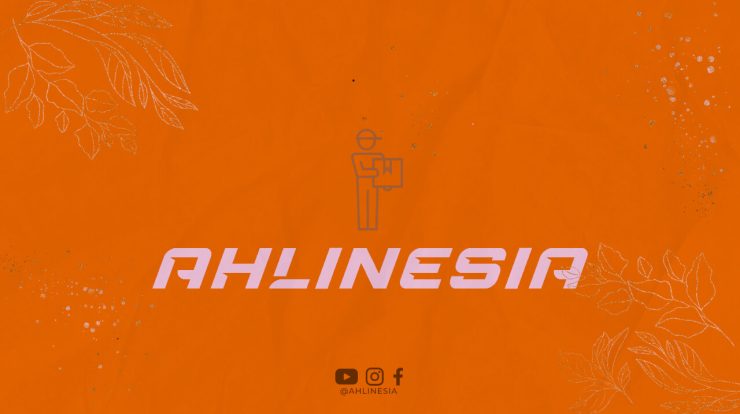
Whether you’re looking for free or low-cost vocational education and training (VET) courses, or to enroll in a degree program at a Community College, here’s what you should know. The Community Colleges in Australia are designed to help students get an education, develop skills and find work. Depending on the program, students can earn a Certificate I to IV, a diploma, or an advanced diploma. They’re also open to international students.
Certificate courses I to IV, diplomas and advanced diplomas
TAFE NSW offers nationally recognised training that is designed to help students to gain basic skills, foundational knowledge and technical skills. It also offers fully articulated pathways to Bachelor Degrees.
The Australian Qualifications Framework outlines the levels of qualifications and the development of courses. It describes how students move from one course to the next, the learning outcomes for each course, and the accreditation of courses.
Diplomas and advanced diplomas are higher level courses. They teach theory and practical skills in a variety of technical functions, and may require significant academic preparation. They are generally a two or three year course.
Certificate courses I to IV provide basic vocational skills, training, and knowledge. They are ideal for new students, or for students who haven’t studied in a while. They are also popular with people wishing to upskill.
Certificate courses III to IV are more advanced and prepare students for specific cognitive and technical skills, as well as small business management. They are offered through TAFE colleges and community education centres.
Free or low-fee vocational education and training (VET) courses
Whether you’re looking for a new career, or just want to upskill, vocational education and training courses are a great way to get the practical skills you need. They are often based on real-life experiences, and are taught by industry experts.
Typically, VET courses last six to 18 months. They can be a mix of daytime classes and evening courses. Some schools may engage an external Registered Training Organisation (RTO) to deliver a program.
There are also some universities that offer VET courses in addition to their other higher education offerings. They’re usually offered as stand-alone courses or packaged together. Some courses may even replace the first year of university.
There are several different types of VET courses available, from introductory Certificate I courses to advanced diplomas. Fees can range from $100 to thousands of dollars, depending on the qualification.
Some states have guidelines around the fees they charge. For example, they may have a fixed fee for government-funded qualifications, but allow providers to set their own fees.
Cost of a degree at a community college
Obtaining a postsecondary education can be a daunting undertaking, but the cost of a degree at a community college can help you achieve your goals without breaking the bank. For example, a recent survey by the National Association of Student Financial Aid Administrators revealed that students who received federal financial aid were able to pay for over half of their tuition, reducing the amount they had to borrow from family and friends.
Generally, a degree from a community college will cost you less than a four-year degree from a public university. There are also many scholarships and grants available to help you cover the cost. The cost of attending a community college depends on several factors, including your location and the number of credit hours you take.
The cost of a community college degree can vary widely. Some colleges are significantly more expensive than others. There are also different costs for in-state and out-of-state students. For example, an in-state student’s cost for attending a community college may be under $5,000, while an out-of-state student may have to pay as much as $8,500.
Open to international students
During the financial year 2017, Australia lost over 100,000 international students. According to the Mitchell Institute for Education and Health Policy at Victoria University, this figure is about two-thirds of the total number of international students that entered Australia in previous years.
The Department of Home Affairs is working with education institutions and the Australian government on International Student Arrival Plans. This is a step towards attracting international students back to Australia.
The Department of Home Affairs is working to ensure that international students are safe and secure during their stay in Australia. International students can be required to undergo a series of vaccinations to ensure their safety. They are also required to submit medical history forms. Vaccination records must be signed by a medical professional.
International students who are not vaccinated will be quarantined. They must return to Australia before the end of the year. The Therapeutic Goods Administration (TGA) recognizes the COVID-19 vaccine.






